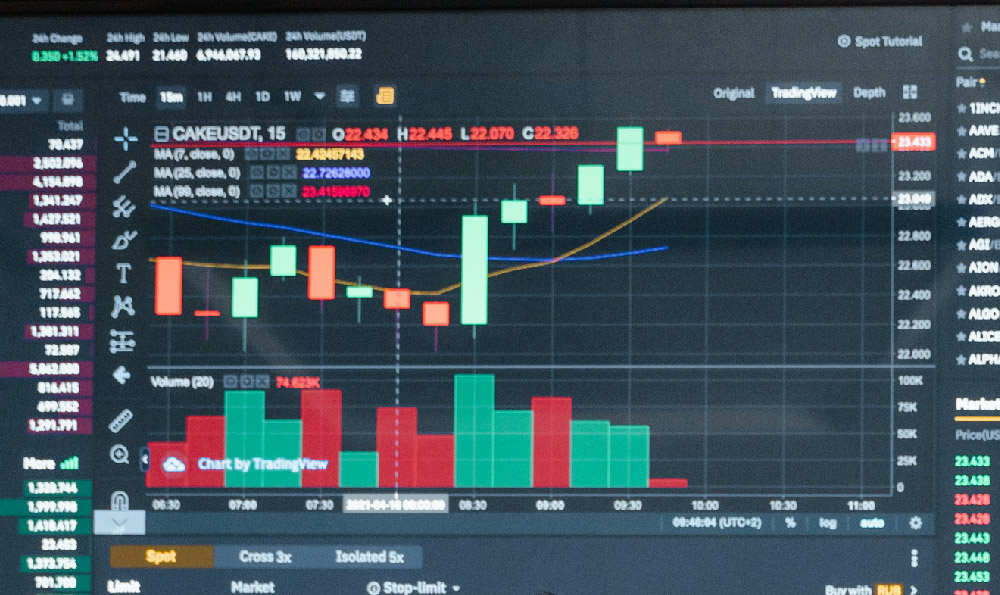How does TikTok generate revenue, and is it sustainable?
TikTok's meteoric rise to social media dominance has been fueled by viral dance challenges, lip-syncing videos, and an endless stream of short-form content. But behind the playful facade lies a sophisticated revenue generation machine. Understanding how TikTok makes money and whether this model is sustainable is crucial for anyone interested in the future of social media and the digital economy.
The primary driver of TikTok's revenue is advertising. Like many social media platforms, TikTok offers various advertising options to businesses of all sizes. These include in-feed ads, which seamlessly blend into the user's "For You" page; brand takeovers, which allow advertisers to dominate the app for a short period; top view ads, which appear at the top of the feed when a user first opens the app; branded hashtag challenges, which encourage users to create content around a specific brand or product; and branded effects, which allow users to incorporate a brand's logo or imagery into their videos. The pricing of these ad formats varies depending on factors such as targeting options, reach, and competition. Generally, TikTok's advertising costs can be competitive with other social media platforms, making it an attractive option for businesses seeking to reach a younger, highly engaged audience. The appeal lies not just in cost, but in the potential for virality - a well-executed campaign can spread rapidly across the platform, generating significant organic reach beyond the paid advertising. The platform's sophisticated algorithm, which personalizes the "For You" page based on user interests, also ensures that ads are shown to the most relevant audience, maximizing their effectiveness.
Beyond traditional advertising, TikTok generates significant revenue through in-app purchases, primarily through virtual "gifts" that users can buy and send to their favorite creators during live streams. These gifts are purchased with TikTok coins, which users buy with real money. Creators can then convert these gifts into diamonds, which can be exchanged for cash. This system creates a direct incentive for creators to produce engaging live content, fostering a vibrant ecosystem of online entertainment. TikTok takes a significant cut of these in-app purchases, making it a lucrative revenue stream. This model has proven particularly successful in Asian markets, where gifting culture is more prevalent, and is increasingly gaining traction in Western markets as well. The psychology behind gifting is complex, involving elements of support, appreciation, and even a parasocial relationship between creators and viewers.

E-commerce is another increasingly important revenue stream for TikTok. The platform has been aggressively expanding its e-commerce capabilities, allowing creators and brands to sell products directly to users within the app. This integration streamlines the purchasing process, making it easier for users to discover and buy products they see in videos. TikTok Shop, for example, allows merchants to showcase products, manage orders, and track sales directly from within the TikTok app. Live shopping events, where creators demonstrate and sell products in real-time, are also becoming increasingly popular. The synergy between engaging video content and seamless purchasing functionality is a powerful combination, driving significant sales volume for participating brands and providing TikTok with a commission on each transaction. The platform also partners with existing e-commerce platforms like Shopify to enable seamless integration with their systems, further expanding its reach and capabilities in the e-commerce space.
Data licensing represents another, less publicly discussed, source of revenue. TikTok collects vast amounts of data on its users' behavior, preferences, and demographics. This data is highly valuable to advertisers, market researchers, and other businesses seeking to understand consumer trends and behaviors. While TikTok claims to anonymize and aggregate this data before sharing it with third parties, the sheer volume and granularity of the information collected raise concerns about privacy and data security. The sale of this data, even in anonymized form, can generate substantial revenue for TikTok. The value of this data lies in its ability to provide insights into emerging trends, consumer preferences, and the effectiveness of marketing campaigns.
The sustainability of TikTok's revenue model hinges on several factors. One crucial aspect is the platform's ability to retain and grow its user base. While TikTok has experienced explosive growth in recent years, it faces increasing competition from other social media platforms, particularly those offering similar short-form video formats. Maintaining user engagement is essential for attracting and retaining advertisers. This requires continuous innovation in content formats, features, and algorithms to keep users coming back for more. The platform must also address concerns about user privacy and data security to maintain trust and prevent users from abandoning the platform.
Another factor affecting sustainability is the regulatory environment. TikTok has faced scrutiny from governments around the world regarding data security, censorship, and its potential influence on young people. Regulatory restrictions, such as bans or limitations on data collection, could significantly impact TikTok's revenue streams. Navigating these complex regulatory landscapes will be a key challenge for the platform in the years to come. The ongoing geopolitical tensions surrounding data ownership and national security further complicate the matter.
Furthermore, TikTok's reliance on advertising makes it vulnerable to economic downturns. During periods of economic uncertainty, businesses tend to cut back on advertising spending, which could significantly impact TikTok's revenue. Diversifying revenue streams beyond advertising, such as through e-commerce and subscriptions, could help mitigate this risk. Exploring premium content offerings and subscription models for creators could provide a more stable and predictable source of revenue.
Finally, the sustainability of TikTok's revenue model depends on its ability to maintain a positive brand image and avoid controversies. Negative publicity, such as scandals involving data breaches or inappropriate content, could damage the platform's reputation and lead to a decline in user engagement and advertising revenue. Proactive measures to address these risks, such as investing in content moderation and improving data security practices, are essential for long-term sustainability. Ultimately, TikTok's future success depends on its ability to adapt to evolving market conditions, navigate regulatory challenges, and maintain the trust of its users and advertisers. The platform's innovative spirit and its deep understanding of the digital landscape position it well for continued growth, but vigilance and adaptability are crucial for ensuring its long-term sustainability.















